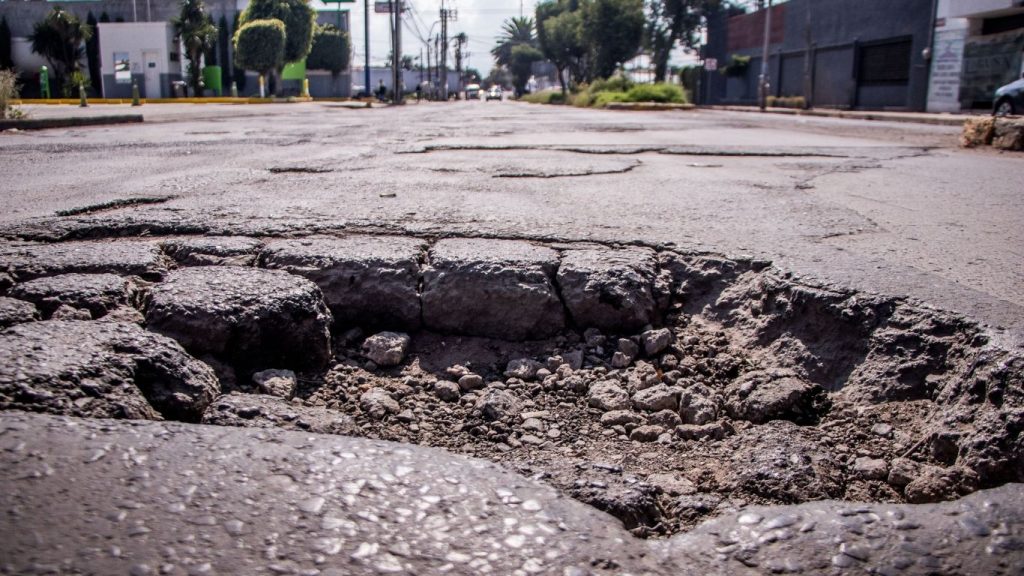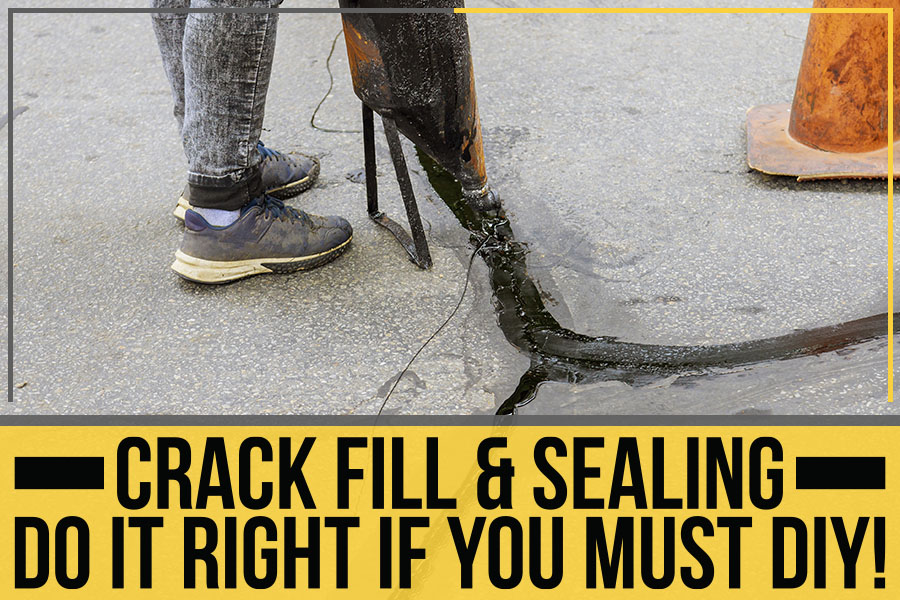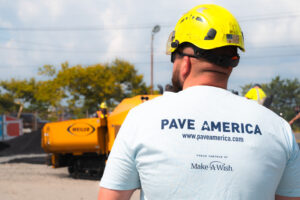- Updated July 14, 2025
Is your driveway or parking lot starting to show signs of wear? Are the cracks becoming more visible and numerous each day? If you’re like most people, you probably don’t have the money to hire a professional to do the job for you. But before you reach for the caulk gun and start filling in those cracks yourself, there are a few things you should know.
While it may seem expensive to get the cracks repaired by a professional, it’s important to consider that a poor asphalt maintenance job can cause water to seep into the cracks, leading to even more extensive damage like potholes and large cracks.
Determined to take the DIY route? Follow these tips to give your crack filling and sealing the best shot at long-lasting success.
3 DIY Crack Sealing Tips
1. Clean the Surface Thoroughly
Have you ever painted walls? What’s your approach? You wipe them down to remove the dirt and dust so the paint will adhere properly, right? The same logic applies to pavement cracks. You need to ensure the surface is clean before filling or sealing them. The best way to do this is by using a wire brush or even a putty knife. Just make sure you get rid of all the loose debris.
What happens if you don’t clean? Yes, that’s a common question. If the surface isn’t clean, the sealant or filling material won’t adhere. It may not stick at all in some cases, which means you’ve wasted your time, effort, and money.
2. Widen Narrow Cracks (Yes, Really)
You might think, “the wider the crack, the more filler I’ll need, which means more money.” That’s not necessarily true. If the crack is too wide, the filler material will sink into it. You should only use filler material on cracks less than a quarter of an inch wide.
If the crack is broader than a quarter inch, it may need to be widened and you’ll want to use a backer rod. A backer rod is a long, cylindrical piece of foam that you can insert into the crack. It’ll take up space, so you don’t have to use as much filler material. It’ll also help the filler adhere better.

3. Choose the Right Timing
Weather conditions and traffic flow play a significant role in when you should fill cracks. You want to do it when the weather is warm (yes, WARM) and dry so the filler material can cure properly. Rain is pleasant but not quite so helpful in this case. Also, if it’s too hot out, the filler material can start to sag. That’s not ideal either. The best time to fill cracks is usually in the spring or fall.
You also want to avoid filling cracks when there’s a lot of traffic, especially heavy traffic (think RVs and semis). The vibrations from the traffic can cause the filler to crack. So, you’ll want to wait until traffic is light before you fill.
When to Call in the Experts
While DIY asphalt repair is possible, technique, materials, and weather can make or break your results. For reliable, long-lasting outcomes, it’s worth consulting a professional asphalt paving company to avoid costing you more money in the long run.
Get Trusted Crack Sealing & Asphalt Maintenance in the Carolinas
The type of filler you use, the technique you employ, and the time you allow for the asphalt surface to cure will all impact the longevity of your repair. With that in mind, it’s always best to consult with a professional before undertaking any asphalt maintenance project.
Carolina Asphalt offers parking lot maintenance services in North Carolina & South Carolina, including Charlotte, Charleston, and beyond. Whether you want to opt for crack sealing, sealcoating, or general asphalt repair, we can help.




